Where
Description
New access road for a mixed use development at a former scrapyard, along with a new roundabout on the B1007. The site comprised 0.5ha including swampy woodland which had been neglected and used historically for landfill. The SuDS scheme needed to deal with runoff from the new road and roundabout while also incorporating the existing flow paths through the woodland.
Main SuDS components used
The access road drains via sheet runoff into roadside swales (stage 1). These then collect in a pocket wetland (stage 2). The wetland discharge is piped under the road into a swale which cascades into the attenuation pond (stage 3). The pond also receives runoff from the new roundabout. The pond outfalls into an existing roadside ditch via a flow control chamber and a length of swale cascade.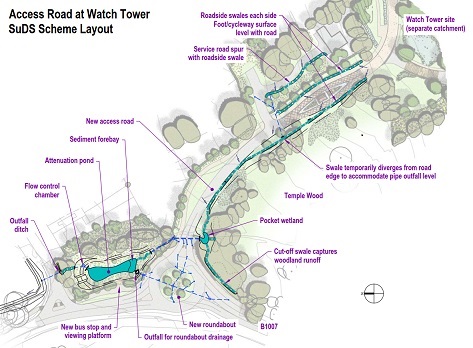
SuDS design
The scheme maximises use of soft SuDS features blended into the landscape design. Infiltration was ruled out due to low permeability clay soils. A ditch at the site boundary provided the outfall.
The access road remains in private ownership which allowed runoff to be managed at the surface. For source control, sheet runoff is achieved using a reversed 45° splay kerb. This provides silt control while being safer for vehicles (n.b. final surfacing will be laid prior to main development completion).
The roadside swales and pocket wetland slow and treat the runoff, and promote interception losses. Woodland runoff is also intercepted which helps to protect the roundabout from flooding.
The attenuation pond has a sediment forebay zone. Storage of 220m³ caters for the 1 in 100 year event (+20%) at a peak discharge of 5 l/s. Flow control is by orifice plate (with perforated steel basket). Exceedance design comprises 30m³ spare volume and a spillway in the embankment.
Coir rolls create a soft vertical edge at the permanent water line. This helps to avoid muddy margins caused by fluctuation in water level during regular rainfall events.
The public roundabout is served by traditional road gulleys. The outlet headwall structure discharging to the pond, includes a separate forebay to capture sediment upstream of the pond.
Amenity and Ecology
A new bus stop was created with a viewing platform which allows the community to enjoy the pond. Wooden post-and rail fencing and native planting provide a soft boundary between the private land and the busy highway, while maintaining an open aspect with high visibility.
The pond design included aquatic and marginal planting with aquatic bench and varied depth profile. This helps to balance oxygen levels, reduce algae and support a variety of wildlife, especially insect populations. A regional species garden was created around the pond featuring a variety of native tree and hedgerow planting, increasing available habitat for local species such as dormice.
Maintenance & operation
The Client owns the SuDS system and has an on-site maintenance team. Dedicated access is provided for the Highway Authority to the roundabout outfall.
Monitoring and evaluation
The Client’s in-situ environmental team are carrying out weekly checks while construction of the main development continues. Findings are being used to update the SuDS maintenance plan.
Benefits and achievements
- Reduction of an existing highway flooding problem immediately downstream of the site. In addition to the attenuation system benefits, a collapsed culvert was repaired which frequently caused the entrance to Bakers Lane to become impassable to vehicles after heavy rainfall.
- Visible improvement in water quality
- Repopulation of wildlife species that had been absent from the environment (a local dragonfly enthusiast observed multiple species thriving at the pond during 2017).
- Mitigation of a 70-year deposit of tyres and debris
- Restoration of a wet woodland habitat as an attractive focal point for local residents
These were achieved due to multi-discipline and stakeholder collabaration early in the project. The result is a good-practice modern SuDS design, bedding the overall scheme into its natural environment.
Lessons learnt
Some water pollution has occurred from the adjacent unremediated woodland (historic uncontrolled landfill). Some unsightly foaming and scaly build-up has occurred and lab tests confirmed presence of metals. This is being managed with filter sock booms. There has been no observed impact on the ecology in and around the SuDS features, but better knowledge of local groundwater patterns might have identified this potential earlier.
Interaction with Local Authority
The scheme included both public and private roads. A positive relationship developed with Essex Highways who approved the discharge of highway runoff into a privately maintained pond.
Project details
Construction completed: February 2017
Cost: Total scheme £1.74m; SuDS scheme £190k; Estimated saving on traditional drainage £125k.
Project team
|
Client |
|
|
Designers |
|
|
Contractors |
|
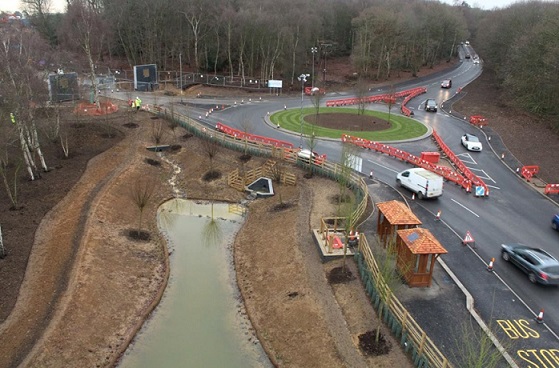
Figure 2: Soft landscaping works underway at the attenuation pond 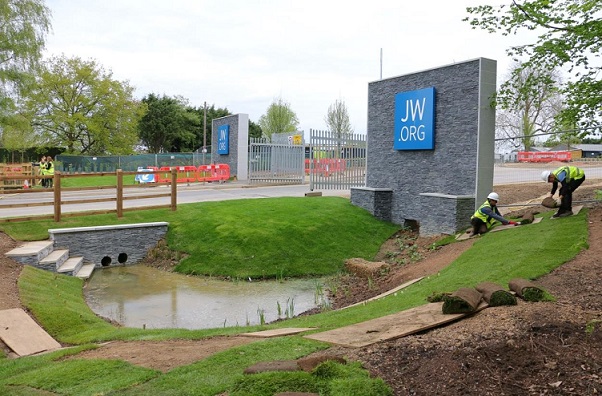
Figure 3: Pocket wetland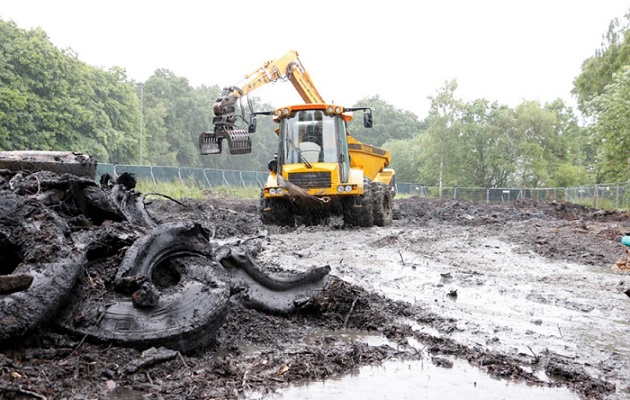
Figure 4: Pond before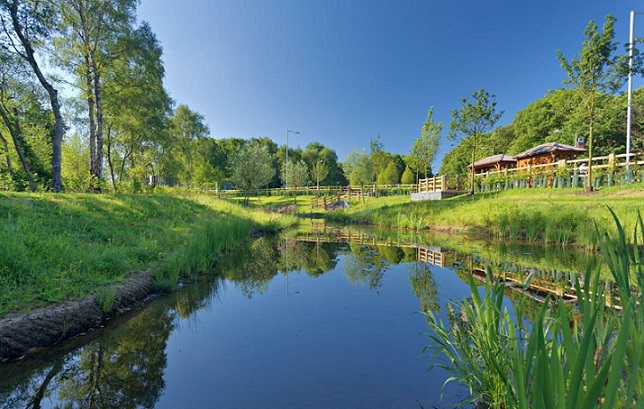
Figure 5: Pond after



